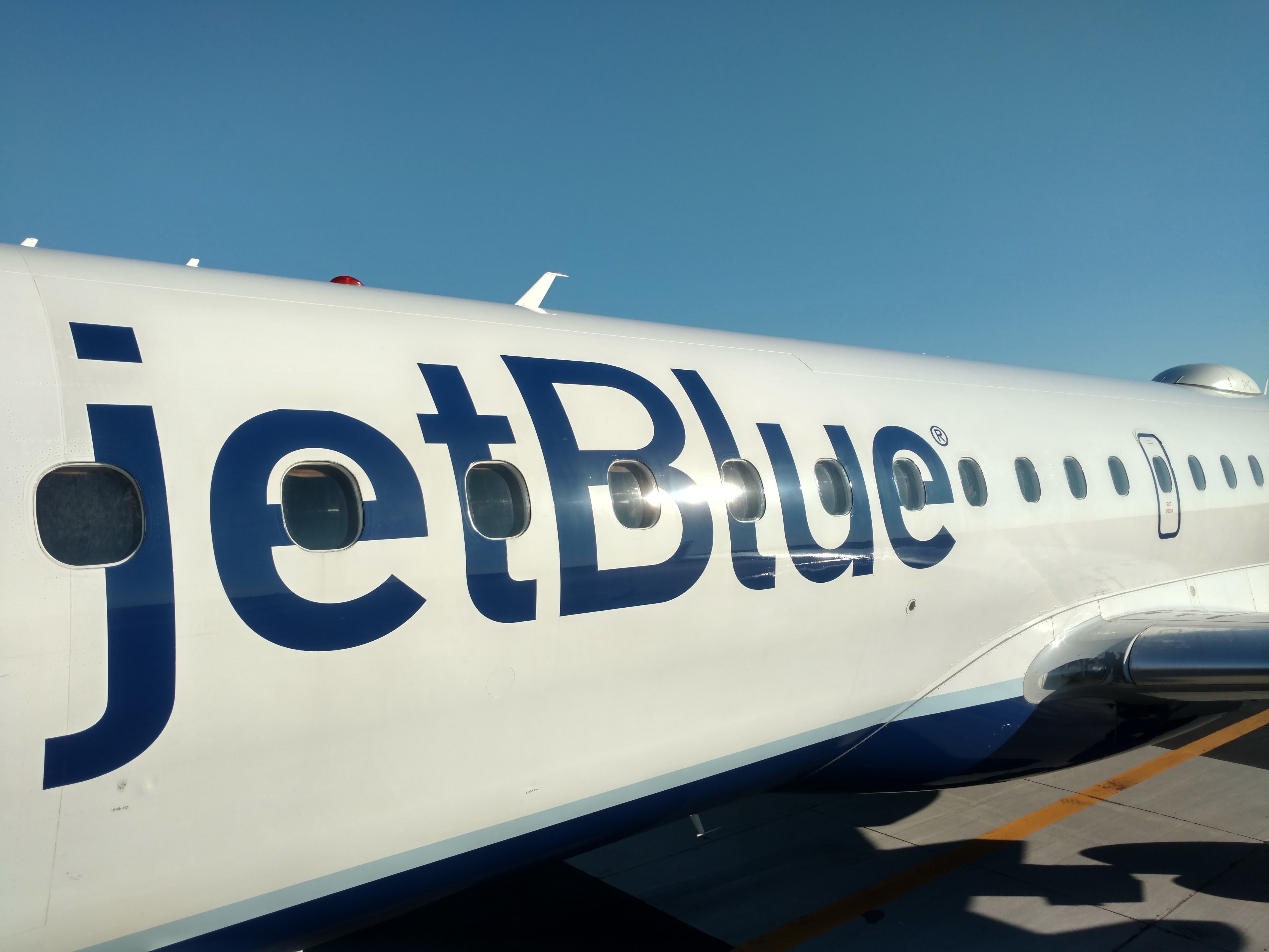
JetBlue was one of the few major airlines to post a profit in that quarter. As part of the RTP plan, 2006's full-year loss was $1 million compared to 2005's full-year loss of $20 million. In January 2007, JetBlue returned to profitability with a fourth quarter profit in 2006, reversing a quarterly loss in the year-earlier period. In December 2006, JetBlue, as part of their RTP plan, removed a row of seats from their A320s to lighten the aircraft by 904 lb (410 kg) and reduce the cabin crew size from four to three (per FAA regulation requiring one flight attendant per 50 seats), thus offsetting the lost revenue from the removal of seats, and further lightening the aircraft, resulting in less fuel burned. In October 2006, JetBlue announced a net loss of $500,000 for Quarter 3, and a plan to regain that loss by deferring some of their E190 deliveries and by selling five of their A320s. The plan called for $50 million in annual cost cuts and a push to boost revenue by $30 million. During the first quarter report, CEO David Neeleman, President Dave Barger, and then-CFO John Owen released JetBlue's "Return to Profitability" ("RTP") plan, stating in detail how they would curtail costs and improve revenue to regain profitability. In addition to that, JetBlue forecasted a loss for 2006, citing high fuel prices, operating inefficiency, and fleet costs. The loss was the airline's first since going public in 2002. JetBlue experienced its first-ever quarterly loss during the fourth quarter of 2005 when the airline lost $42.4 million, enough to make them unprofitable for the entire year of 2005. The union organizing petition was dismissed by the National Mediation Board because fewer than 35 percent of eligible employees supported an election. In addition in 2006, the IAM ( International Association of Machinists) attempted to unionize JetBlue's "ramp service workers", in a move that was described by JetBlue's COO Dave Barger as "pretty hypocritical", as the IAM opposed JetBlue's creation when it was founded as New Air in 1998. Despite this, the airline continued to add planes and routes to the fleet at a brisk pace. įor many years, analysts had predicted that JetBlue's growth rate would become unsustainable. In addition, with higher costs related to the airline's numerous amenities, JetBlue was becoming less competitive. Operational issues, fuel prices, and low fares, JetBlue's hallmark, were bringing its financial performance down. In October 2005, JetBlue's quarterly profit had plunged from US$8.1 million to $2.7 million largely due to rising fuel costs. Song has since been disbanded and was reabsorbed by Delta Air Lines and Ted reabsorbed by United.

The airline sector responded to JetBlue's market presence by starting mini-rival carriers: Delta Air Lines started Song and United Airlines launched another rival called Ted. The company's planned initial public offering was put on hold due to the attacks and subsequent downturn. airlines that made a profit during the sharp downturn in airline travel following the September 11 attacks. The idea was dropped after threats from investor JP Morgan to pull its share ($20 million of the total $128 million) of the airline's initial funding unless the name was changed. JetBlue's founders had set out to call the airline " Taxi" and therefore have a yellow livery to associate the airline with New York. It commenced operations on February 11, 2000, with services to Buffalo and Fort Lauderdale. Kennedy International Airport and received its USDOT CPCN authorization in February 2000. In September 1999, the airline was awarded 75 initial take-off/landing slots at John F.
Jetblue flight status tv#
JetBlue started by following Southwest's approach of offering low-cost travel, but sought to distinguish itself by its amenities, such as in-flight entertainment, TV at every seat, and Sirius XM satellite radio. David Neeleman founded the company in August 1999, under the name "NewAir". JetBlue was incorporated in Delaware in August 1998 with its headquarters in Forest Hills, Queens. JetBlue is not a member of any of the three major airline alliances but it has codeshare agreements with 21 airlines, including member airlines of Oneworld, SkyTeam, Star Alliance JetBlue operates over 1,000 flights daily and serves 100 domestic and international network destinations in the United States, Mexico, the Caribbean, Central America, South America, and Europe.

In 2020, it ranked #394 financially on the Fortune 500 list of the largest United States corporations by total revenue. JetBlue Airways is headquartered in the Long Island City neighborhood of the New York City borough of Queens it also maintains corporate offices in Utah and Florida. JetBlue Airways is a major American low cost airline, and the seventh largest airline in North America by passengers carried.


 0 kommentar(er)
0 kommentar(er)
